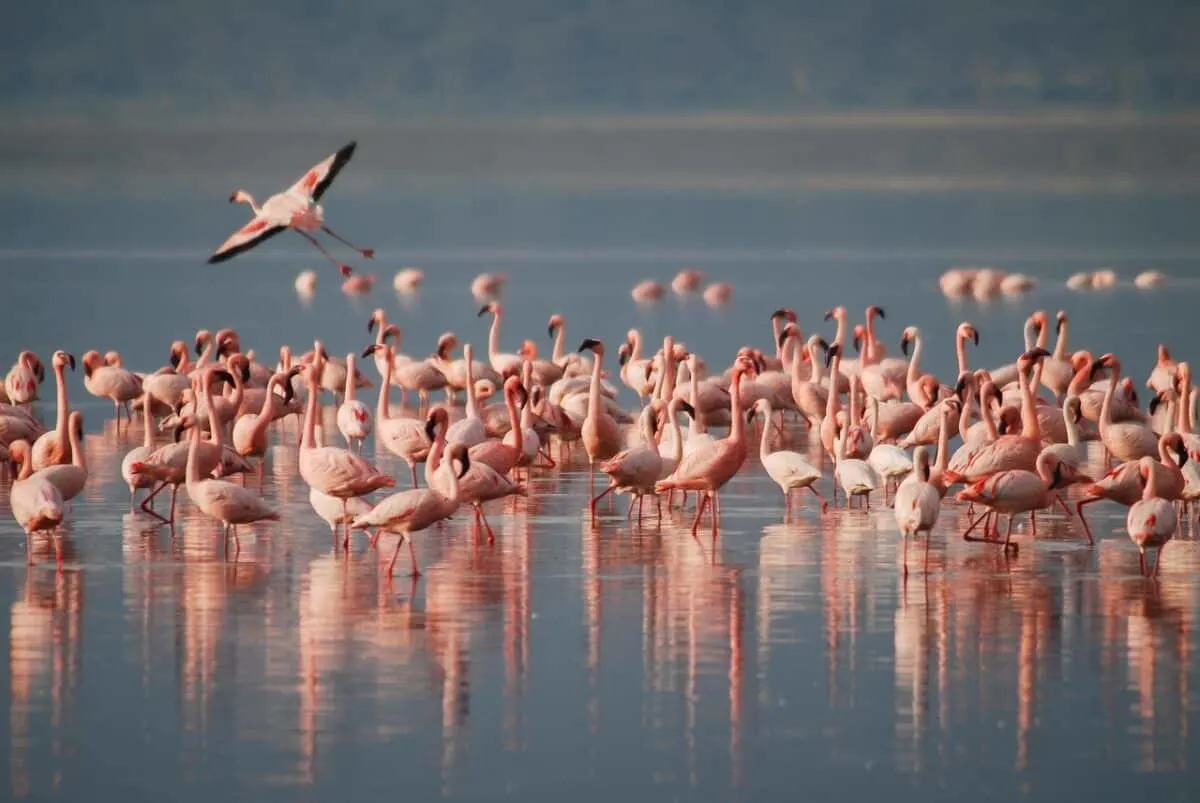In the vast landscape of American wildlife, there exists a little-known secret that defies common perception: a forgotten lake where Caribbean flamingos once established breeding colonies on U.S. soil. While most Americans associate these iconic pink birds with exotic locations like the Caribbean or Africa, few realize that these magnificent creatures have a historical connection to the southernmost reaches of Florida. This forgotten chapter in American natural history centers around Lake Surprise in the Florida Everglades, where these birds established the only known nesting colonies of flamingos in the continental United States.
The Historical Presence of Flamingos in Florida

Long before Florida became synonymous with theme parks and retirement communities, its wetlands teemed with wildlife, including substantial populations of American flamingos (Phoenicopterus ruber). Historical accounts from the 1800s describe flocks of thousands of flamingos feeding and nesting in the shallow waters of Florida Bay and the Everglades. Early naturalists and explorers documented these vibrant birds as common residents rather than occasional visitors. John James Audubon himself painted flamingos in Florida settings, indicating their established presence in the region. By the late 19th century, however, these magnificent birds began to disappear from their American habitats as plume hunters decimated their populations to supply the fashion industry with their prized feathers.
Lake Surprise: The Forgotten Nesting Ground

Lake Surprise, located in the southern portion of Everglades National Park near Florida Bay, earned its name from early explorers who were astonished to discover this hidden body of water amidst the mangroves and marshes. This shallow, brackish lake provided ideal conditions for flamingos: protected shorelines, appropriate water depths, and abundant food sources. Historical records indicate that as recently as the early 1900s, flamingos established nesting colonies here, building their characteristic mud mounds on the lake’s exposed mudflats and islands. The lake’s remote location offered protection from human disturbance, while its ecosystem supported the specific conditions flamingos require for successful breeding. Today, Lake Surprise remains one of the most isolated and least-visited areas of Everglades National Park, preserving its mysterious allure.
The Unique Biology of American Flamingos

American flamingos (Phoenicopterus ruber) stand as one of nature’s most specialized birds. Growing up to 5 feet tall with a wingspan of roughly 60 inches, these birds possess several adaptations that make them perfectly suited for their shallow-water habitats. Their distinctive pink coloration comes from carotenoid pigments in their diet of algae, small crustaceans, and aquatic invertebrates. Their unusual feeding method involves turning their heads upside down and using their specialized bills as filtering devices, creating a vacuum that draws in water and food particles while expelling excess water. Their long legs allow them to wade in various water depths, while their webbed feet help them navigate muddy substrates without sinking. These biological adaptations made Lake Surprise an ideal habitat, with its shallow waters and abundant food sources supporting the flamingos’ specialized needs.
The Mystery of Disappearance

By the mid-20th century, breeding flamingos had vanished from Lake Surprise and other potential nesting sites in Florida. This disappearance resulted from a combination of factors, with human activity being the primary culprit. The millinery trade of the late 19th and early 20th centuries created an insatiable demand for feathers, leading to the slaughter of countless wading birds, including flamingos. Habitat alteration through drainage projects, agriculture, and urban development further degraded potential nesting areas. Water management practices changed the hydrology of the Everglades, affecting the delicate balance that had supported flamingo populations. Climate events, including major hurricanes that swept through South Florida, may have also disrupted remaining colonies. By the 1950s, flamingos had become such a rare sight that many naturalists began questioning whether they had ever truly been native to Florida at all.
The Great Flamingo Debate

For decades, a scientific controversy surrounded the historical status of flamingos in Florida. Some researchers argued that the birds were merely visitors from Caribbean populations, while others maintained that Florida once supported its own breeding population. This debate intensified as occasional flamingo sightings in Florida were dismissed as escaped birds from captive populations, particularly from tourist attractions like Miami’s Hialeah Park Race Track, which has maintained a captive flamingo collection since the 1930s. The uncertainty about their native status affected conservation priorities, as agencies questioned whether resources should be allocated to protecting a species that might not be truly native. Recent genetic research and historical analysis, however, have largely resolved this debate, confirming that wild Caribbean flamingos were indeed native breeding birds in Florida before human activities drove them to local extinction.
Recent Flamingo Resurgence

In an encouraging turn of events, the past two decades have witnessed a gradual increase in flamingo sightings throughout South Florida, including areas near the historic Lake Surprise nesting grounds. In 2015, a flock of 147 flamingos appeared in Palm Beach County, representing the largest documented group in recent history. Smaller groups and individuals have been spotted with increasing frequency in Florida Bay, the Keys, and various wildlife refuges. While no established breeding has been confirmed yet, researchers have documented flamingos remaining in Florida for extended periods rather than just passing through. This resurgence has coincided with conservation efforts in Cuba, Mexico, and the Bahamas, where flamingo populations have rebounded significantly. Scientists speculate that some of these birds may be pioneers exploring their species’ former range, potentially setting the stage for a return to Lake Surprise and other historic nesting areas.
Conservation Challenges and Opportunities
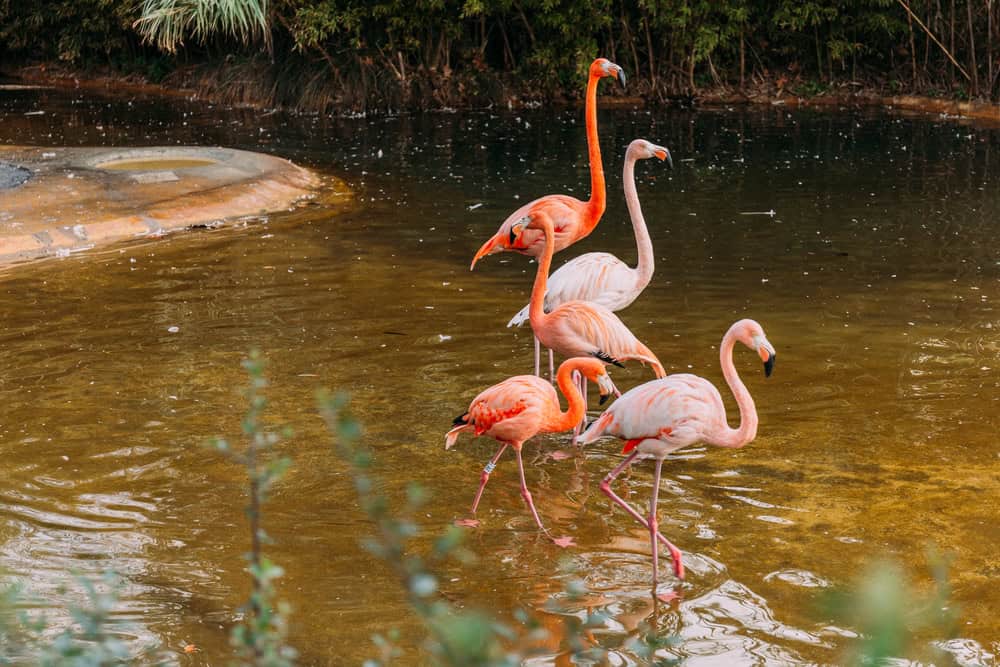
The potential return of flamingos to Lake Surprise and other Florida habitats presents both challenges and opportunities for conservation. Water management remains a critical issue, as flamingos require specific conditions for feeding and nesting that depend on appropriate water levels and quality. Climate change poses additional threats, with rising sea levels potentially inundating critical shoreline habitats and increasing storm intensity threatening vulnerable nesting sites. Disturbance from recreational activities, including boating and wildlife photography, could disrupt any tentative return. However, these challenges are balanced by opportunities for proactive conservation. Protected areas like Everglades National Park provide safe havens for returning birds, while restoration efforts aimed at improving the Everglades ecosystem could benefit flamingos alongside other native species. Public interest in these charismatic birds could generate support for broader conservation initiatives benefiting multiple species.
Scientific Research and Monitoring Efforts

Following the increase in flamingo sightings, scientific interest in these birds has surged. Researchers from organizations including Audubon Florida, the National Park Service, and various universities have implemented monitoring programs to track flamingo movements throughout South Florida. Advanced technologies play a crucial role in these efforts. Satellite tracking devices, when safely attached to birds, provide invaluable data about their movements and habitat use. Environmental DNA (eDNA) sampling allows scientists to detect flamingo presence in water bodies even when the birds themselves aren’t visible. Citizen science initiatives engage the public in monitoring efforts, with birders and outdoor enthusiasts submitting sightings through mobile applications and online databases. These combined efforts have dramatically improved understanding of current flamingo distribution in Florida and could help identify early signs of nesting behavior if flamingos begin recolonizing Lake Surprise or similar habitats.
The Cultural Significance of Florida’s Flamingos
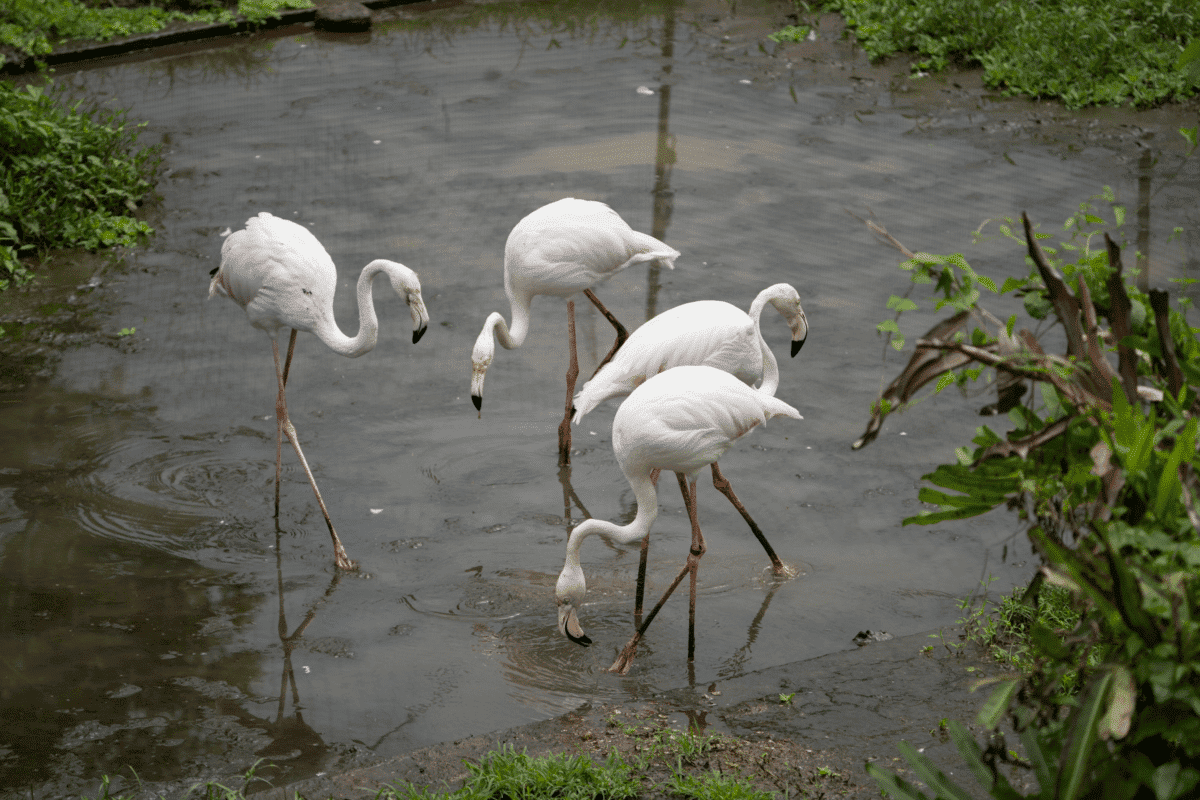
Few birds have captured the American imagination like the flamingo, despite—or perhaps because of—its rarity as a wild bird in the United States. The flamingo has become synonymous with Florida’s identity, appearing on everything from tourist merchandise to the state lottery logo, even though most Floridians have never seen a wild flamingo. This cultural adoption began in the 1950s, ironically just as the last wild flamingos disappeared from places like Lake Surprise. The iconic lawn ornament version, created in 1957 by Don Featherstone, further cemented the bird’s place in American pop culture. Today, the potential return of flamingos to their historic nesting grounds represents more than just an ecological recovery; it offers a chance to reconnect with an authentic natural heritage that has been reduced to a plastic caricature. For many conservation advocates, the return of flamingos to Lake Surprise would represent a profound reconciliation between Florida’s natural history and its cultural identity.
Accessing Lake Surprise Today

Visiting Lake Surprise remains a challenge, preserving its status as one of Florida’s most secluded natural treasures. Located in the backcountry of Everglades National Park, the lake is accessible primarily by boat, with no road access available to the general public. Adventurous visitors can reach the area via kayak or canoe by navigating a complex network of mangrove channels and shallow bays from either Flamingo Marina or Key Largo. The journey requires excellent navigation skills, wilderness camping experience, and proper permits from the National Park Service. Those hoping to glimpse flamingos should visit during winter and spring months when sightings are most common throughout South Florida. Park rangers and local guides can provide updated information on recent flamingo activity and the best approaches to viewing these birds without causing disturbance. For most visitors, alternative viewing locations in more accessible parts of Everglades National Park and nearby wildlife refuges offer better chances to see these magnificent birds as they gradually reclaim their historic range.
The Broader Ecological Context
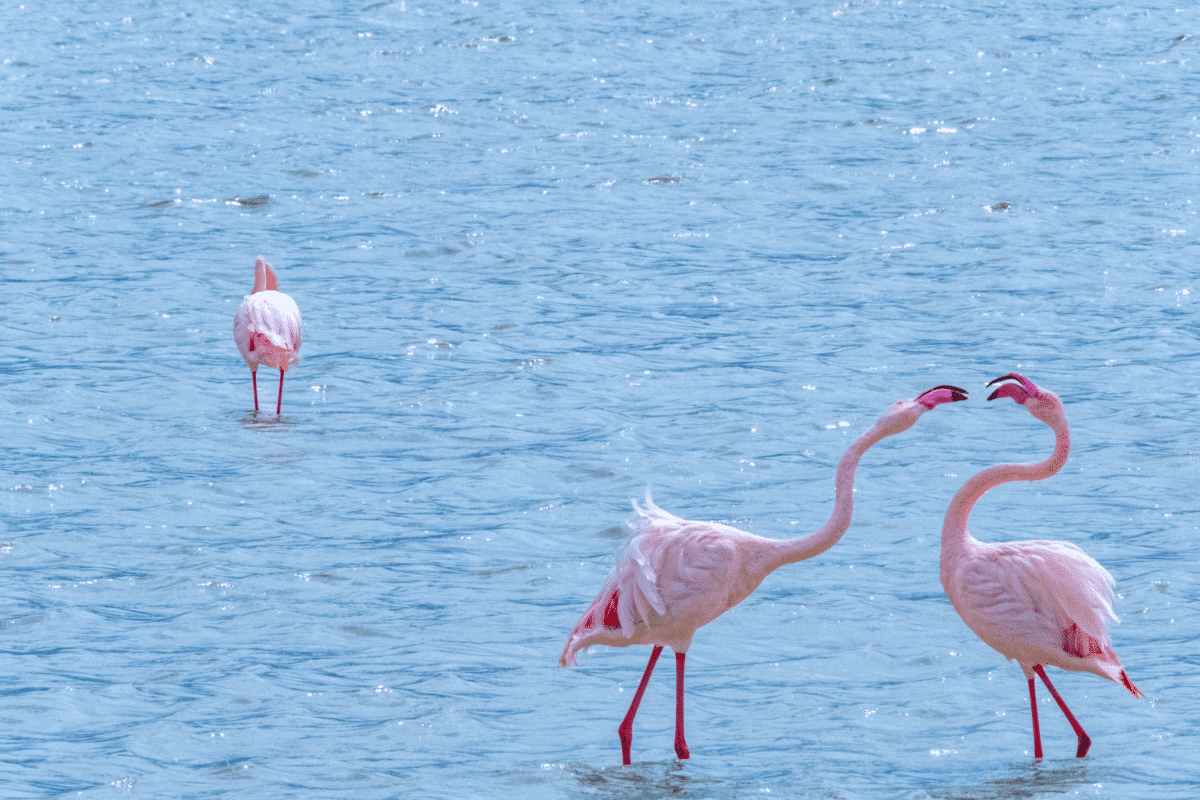
The story of flamingos at Lake Surprise exists within a larger narrative of the Everglades ecosystem and its transformations. The Everglades has lost more than half its original area to development and agriculture, with the remaining portions subject to altered water flows and pollution. This degradation has affected numerous species beyond flamingos, including wood storks, roseate spoonbills, and American crocodiles. The Comprehensive Everglades Restoration Plan, authorized in 2000, represents the largest environmental restoration initiative in American history, aiming to recover natural water flows and improve habitat quality throughout the region. While not specifically targeting flamingos, these restoration efforts create conditions that could support their return. Lake Surprise, with its relatively pristine condition compared to many other areas, serves as a reference for what healthy Everglades habitats should look like and demonstrates the potential for recovery when ecosystems are protected and restored. The potential return of nesting flamingos would represent a powerful indicator of restoration success.
Conclusion: A Potential Renaissance
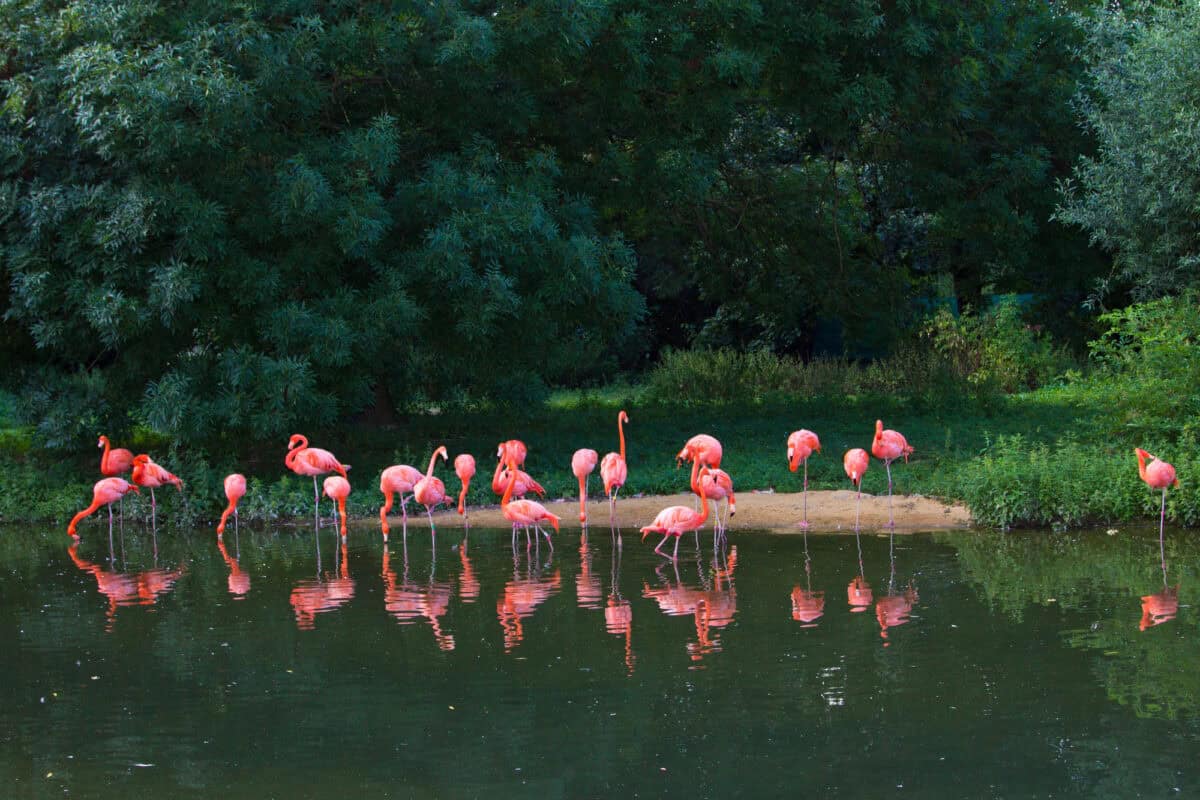
The forgotten lake where flamingos once nested in the United States stands as both a reminder of ecological loss and a symbol of potential renewal. Lake Surprise’s history reflects the broader story of how human activities dramatically altered Florida’s natural systems, driving iconic species to local extinction within a remarkably short timeframe. Yet the recent increase in flamingo sightings throughout South Florida offers genuine hope that these magnificent birds might someday return to their historic nesting grounds. Their recovery would represent more than just the return of a single species; it would signify the healing of an ecosystem and the restoration of an authentic natural heritage. As conservation efforts continue and wild flamingo numbers increase throughout the Caribbean, the possibility grows that future generations might witness something their great-grandparents took for granted: the spectacular sight of flamingos raising their young on American soil once again.
- The Forgotten Lake Where Flamingos Nest in the U.S. - August 23, 2025
- Coral Reefs of the Florida Keys: What’s Left and What’s Next - August 23, 2025
- Beginner’s Guide to Identifying Animal Tracks - August 23, 2025

